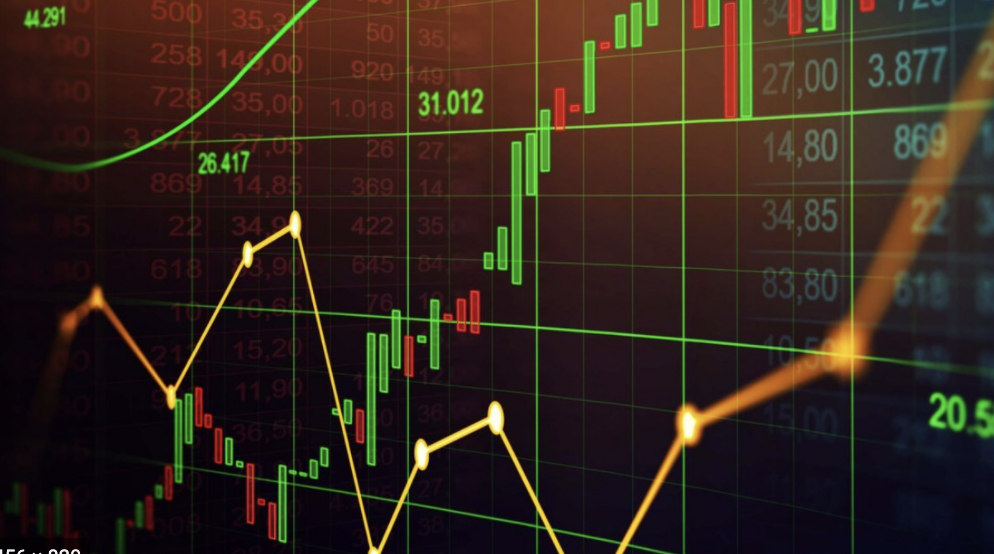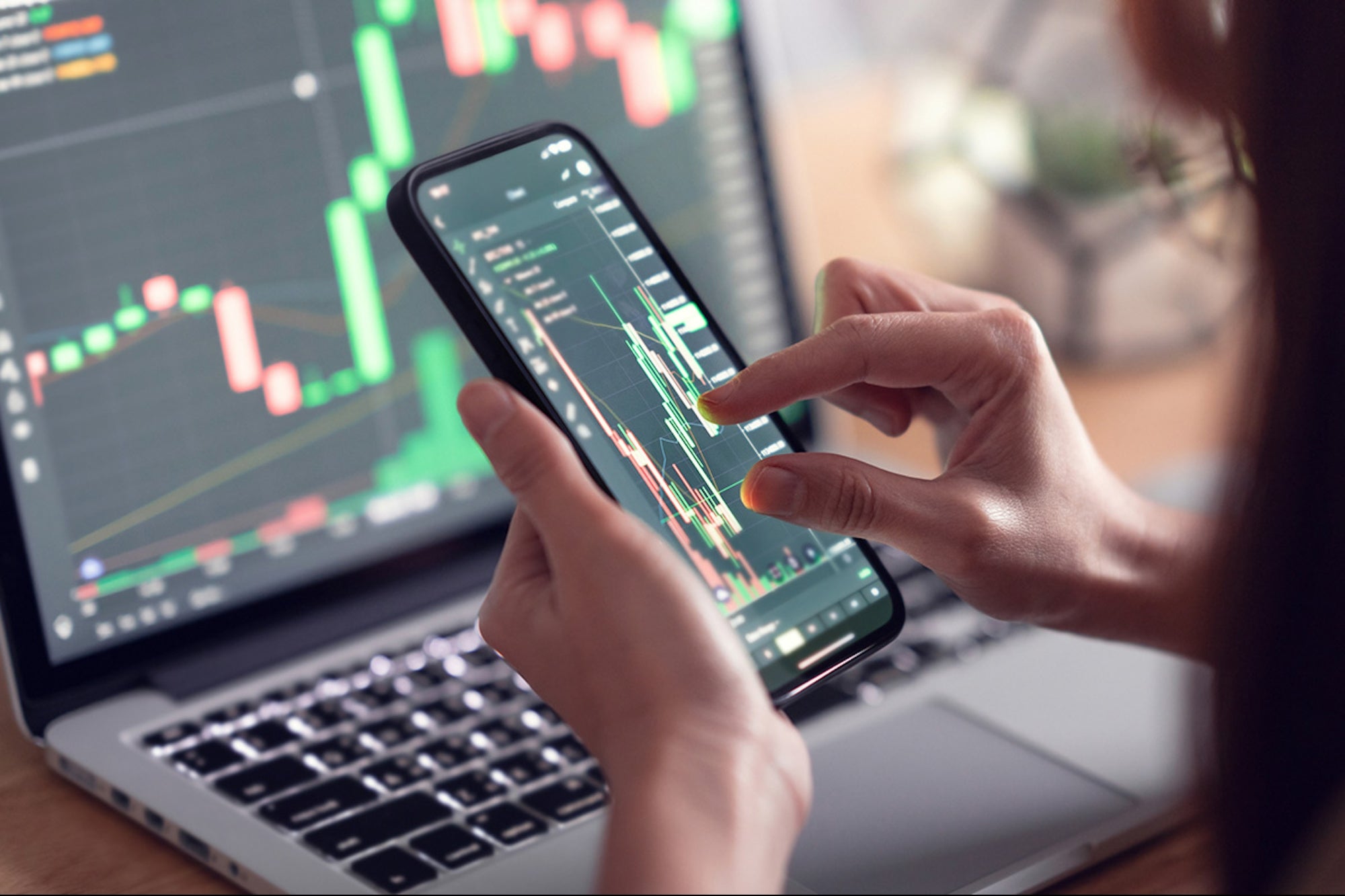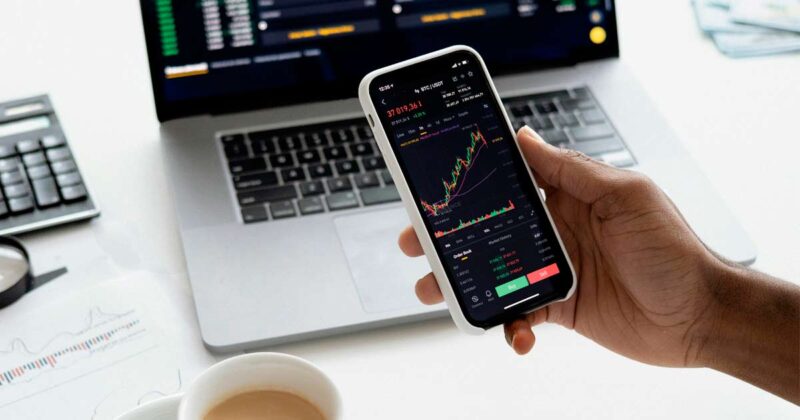In an era where technology reigns supreme, the allure of automated trading systems has captured the imagination of both novice and experienced investors alike. These sophisticated algorithms promise the tantalizing prospect of effortless wealth, executing trades at lightning speed while scanning vast oceans of market data—an undertaking that would overwhelm even the most seasoned trader.
But can you truly rely on these digital sentinels to navigate the unpredictable waters of the financial markets? This article delves into the intricacies of automated trading, exploring the nuances of risk management, the potential for profit, and the inherent limitations of relying on machines over human intuition.
As we unravel the myths and realities surrounding these systems, it becomes clear: the journey into automated trading is rife with opportunities and pitfalls, demanding a careful examination of what you might realistically expect.
Understanding the Basics of Automated Trading

Auto trading systems, often referred to as algorithmic trading or bots, have revolutionized the financial landscape by providing traders with tools that can execute orders with speed and precision unattainable by human hands. At their core, these systems rely on complex algorithms to analyze market data, identify trends, and make trading decisions in real time.
For many, the allure lies in their ability to operate 24/7, tirelessly scanning multiple markets and executing trades based on predefined criteria. However, the mechanics behind these systems can be intricate, encompassing statistical models, historical data patterns, and risk management protocols.
While they offer the potential for consistent profit, users must grapple with the reality that they are not infallible; market volatility and unforeseen events can disrupt even the most sophisticated algorithms. Understanding these fundamentals is essential for anyone considering a leap into the world of automated trading.
Advantages of Using Automated Trading Systems

Automated trading systems offer a multitude of advantages that can transform the trading experience for both novice and seasoned investors alike. First and foremost, these systems operate tirelessly, executing trades 24/7 without the fatigue or emotional biases that often plague human traders.
This relentless efficiency allows for the capture of market opportunities that may otherwise be missed. Moreover, automated trading systems utilize complex algorithms that analyze a vast array of market data, identifying patterns and trends at lightning speed—something no human could realistically achieve.
They provide consistency, eliminating the decision-making paralysis that can arise during times of market volatility. With real-time monitoring and the ability to execute trades based on pre-set parameters, traders can enjoy not only enhanced speed but also improved precision—leading to potentially greater returns. Ultimately, by harnessing the power of technology, traders can navigate the financial landscape with a level of confidence and acumen that might seem elusive in the fast-paced world of finance.
Conclusion

In conclusion, while automated trading systems offer several advantages, such as increased efficiency and the ability to execute trades at lightning speed, it is essential for investors to approach these tools with a critical eye. Understanding the underlying algorithms, market conditions, and personal risk tolerance is vital for leveraging auto trading effectively.
Ultimately, the key to success lies in striking a balance between automation and informed decision-making, ensuring that investors remain proactive rather than entirely reliant on technology. By combining the strengths of automated systems with human insight, traders can navigate the complexities of the market more effectively and work towards achieving their financial goals.

